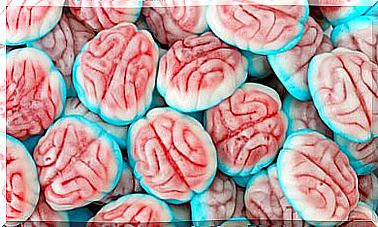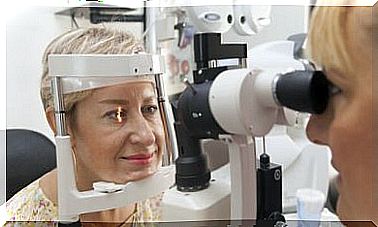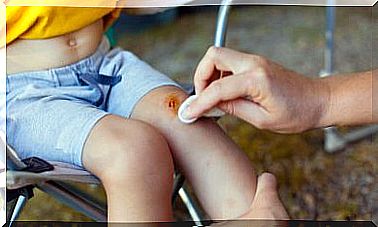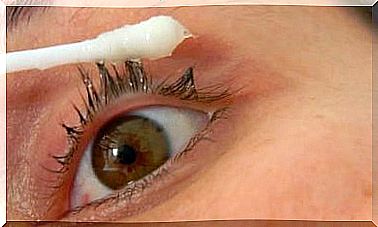Meningitis
Meningitis is the inflammation of the membranes that line the central nervous system, known as the meninges. Since everything that involves inflammation goes beyond normal in our body, this inflammation is considered a pathology or disease.
The good news is that it is a rare disease today.
Causes of meningitis
It is normally caused by an infectious agent, viral meningitis being very common but bacterial meningitis more serious.
The disease arises abruptly with fever, headache, and nausea and vomiting. On the other hand, in young children symptoms of irritability and / or drowsiness may appear, being very unspecific.
Meningitis can damage the brain. It can even lead to death, which is why timely diagnosis and treatment are essential.

What are the meninges?
Let’s imagine for a moment that our brain is a kind of fruit. This fruit has a fruit and a liquid inside, the liquid runs through various points of the fruit with the function of preserving it in good condition.
Now imagine that the skin of the fruit is the human skull and that what is under the skin, the fruit, is our brain, soft, smooth and fragile. Beneath the skin –external layer– of the fruit, there are three other –internal layers– between which the liquid that preserves that fruit circulates.
Those three layers under the skull are the meninges, three membranes that cover and protect the brain and spinal cord, that is, the central nervous system.
Remember that the brain and spinal cord are the most protected organs of the body. The meninges not only absorb shock but also act as a “filter” to prevent harmful microorganisms from entering the central nervous system. Cerebrospinal fluid circulates between the meninges, also with protective and immune functions.
The distribution of meningitis
Meningitis has emerged as a frequent epidemic on the African continent, specifically in sub-Saharan Africa, during the dry season. The epidemics in this area last between two or three years, interrupting in periods of rain. Lack of medical care causes high mortality rates in the population.
The most serious meningitis epidemic in the area occurred in 1996, causing more than 25,000 deaths. In Western countries, bacterial meningitis affects three out of every 100,000 people, and viral meningitis affects ten out of every 100,000.
Risk factor’s
- First of all, dry seasons.
- Also contiguous infections.
- On the other hand, immunosuppression.
- Lastly, poisonings.
Causes of meningitis
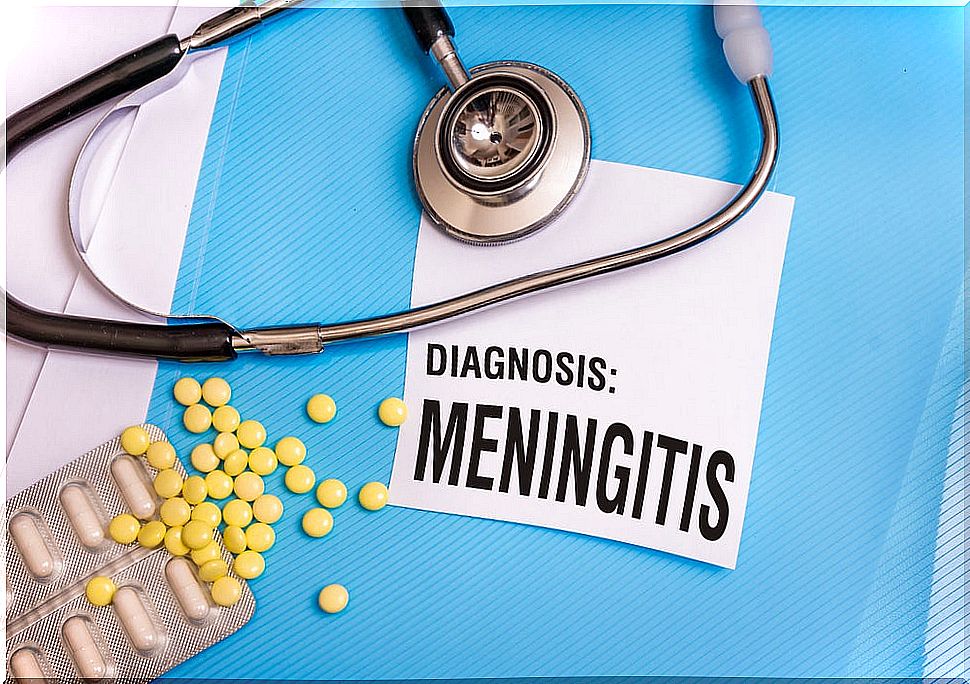
Meningitis is usually caused by another infection – usually due to a virus – although there are also cases of non-infectious meningitis.
Virus
- Enterovirus
- Herpes simplex virus
- HIV
- West Nile virus (transmitted through mosquitoes)
Bacteria
According to the age of the individual, there is a different risk of infection by different microorganisms.
- Newborns under 3 months
- Group B streptococci
- Escherichia coli
- Children older than 3 months
- Neisseria meningitidis
- Streptococcus pneumoniae
- Haemophilus influenzae
- Adults
- Neisseria meningitidis
- Streptococcus pneumoniae
- Listeria monocytogenes
How does the disease appear?
The microorganisms reach the meninges via the blood, directly or by contiguity.
Bacteria that normally reside in the nose, mouth and pharynx without causing damage pass into the bloodstream, from there, they cross the blood-brain barrier in areas where it is most vulnerable. Bacteria reach the cerebrospinal fluid from the subarachnoid space and cause infection of the meninges.
The blood route is the most frequent form of transmission.
The other transmission routes are the direct form, this is produced by skull fractures, surgical interventions, etc., or transmission by contiguity from areas such as the paranasal sinuses.
Symptoms

- First of all fever, especially in children and newborns.
- Also, chills.
- On the other hand, nausea and vomiting.
- Photophobia.
- Stiff neck.
- Seizures
- Headaches.
- Finally, a decrease in the level of consciousness.
The disease arises abruptly, with fever, headache, and nausea and vomiting; although in young children nonspecific symptoms such as irritability and drowsiness may appear.
Brain injury
Brain edema is a lesion that is associated with inflammation. This causes an increase in intracranial pressure, which makes it difficult for blood to reach the brain.
Not enough oxygen gets to the brain, causing brain cells to die. In some cases, especially if the meningitis is not treated, the brain injury can be fatal.
Diagnosis of meningitis
Although the suspicion of meningitis is always clinical, the diagnosis of certainty is obtained by means of lumbar puncture.
Remember that lumbar puncture is a procedure that involves the extraction of cerebrospinal fluid using a needle that is inserted into the spine.
Types of meningitis
We can classify meningitis into viral or bacterial according to its etiological agent, the former have a mild prognosis and do not require treatment.
Bacterial meningitis are very serious and require treatment and hospitalization of the patient. These are the ones with the highest risk of death, even with treatment.
The disease can also be divided according to its evolutionary course into acute, subacute and chronic, although this criterion is in disuse.
Treatment
Try to give the patient antivirals or antibiotics as soon as possible.
In addition, corticosteroids such as dexamethasone are given to reduce brain swelling and edema , thus reducing the risk of brain injury.
General supportive measures are included for any acute infection, such as administration of fluids or control of fever.
A scheduled treatment on time greatly reduces the presence of long-term sequelae and the risk of death.
Possible consequences
- Deafness.
- Epilepsy.
- Cognitive deficit.
- Hydrocephalus
- Death.
Newborns and adults have 20 to 30 percent of the disease being fatal, reducing the risk by two percent in older children.
Prevention
Currently , work is being done on preventive vaccination against meningitis in children. The vaccine is optional and can be administered after two months of life.
On the other hand, rifampicin chemoprophylaxis programs are carried out for those at risk of infection.
See also:
